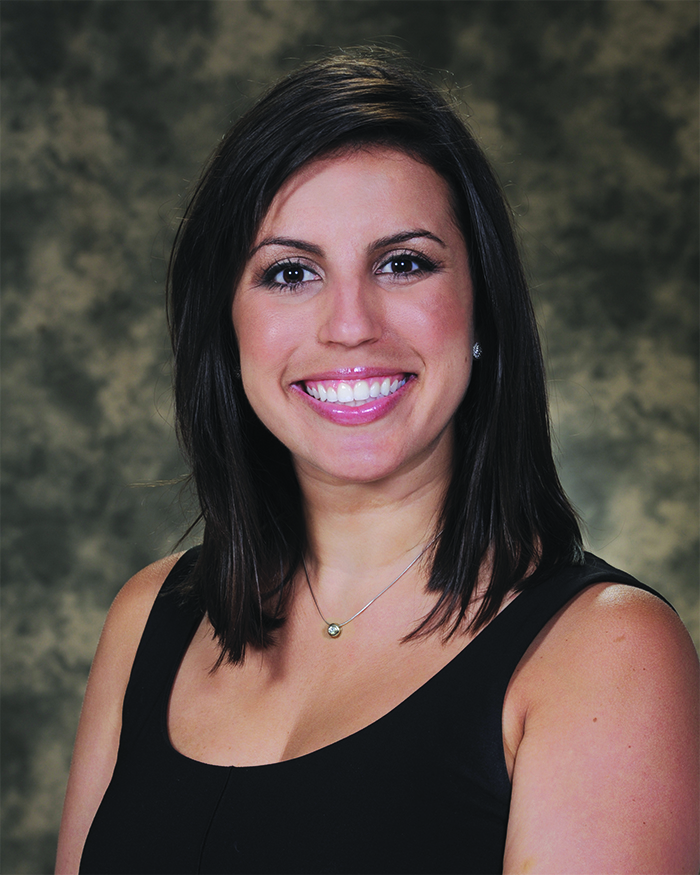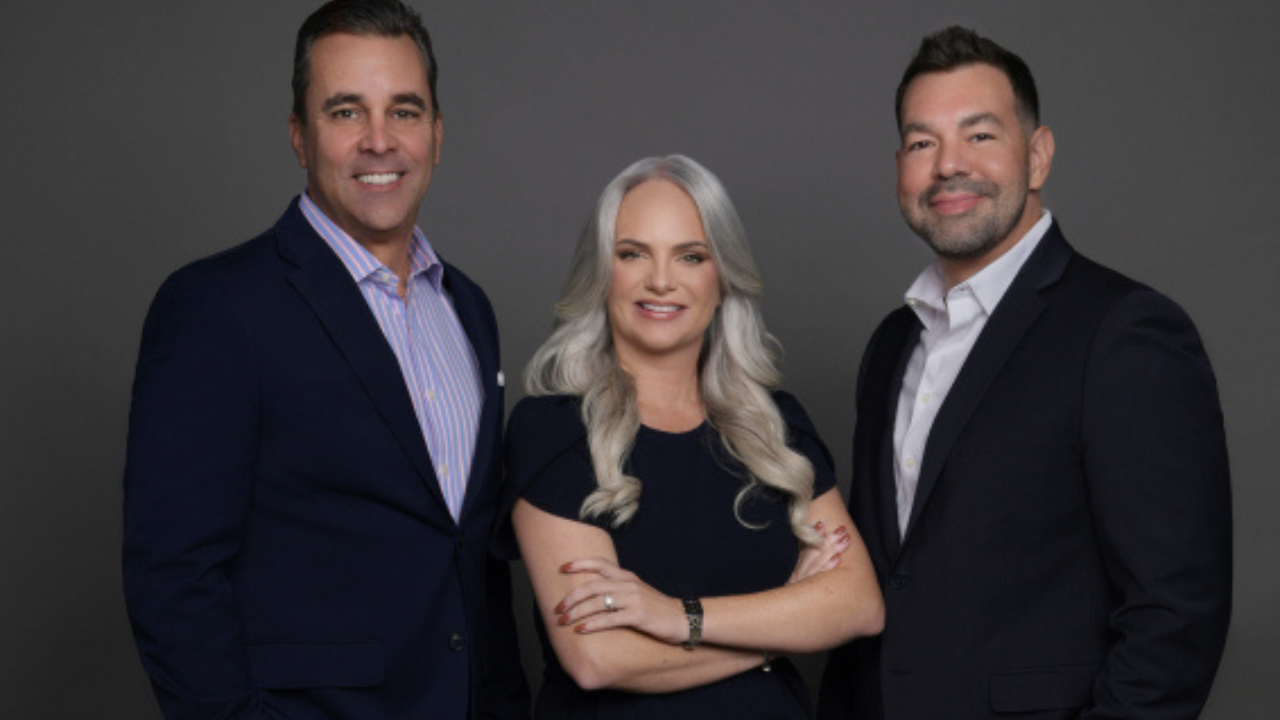In 2013, corporate philanthropy accounted for 5 percent (or $16.76 billion) of the total giving in the United States. While corporate giants account for millions of dollars in donations, the vast majority of the U.S. is made up of small businesses, those companies with less than 500 employees, which also generously give. Small- and medium-size businesses are even more prevalent in South Florida, and their biggest challenge regarding charitable giving is how to get the most out of their dollar.
The Great Recession caused many companies to re-evaluate their giving. With less money, the days of check writing became obsolete. This instead gave birth to the notion of being strategic with corporate giving. Companies slowly began to invest wisely and treat philanthropy as a business strategy.
Companies, big and small, that want to be strategic with their corporate giving need to ask themselves five simple questions:
” What are our goals and/or business interests?
” What are our company’s values?
” Where are we currently giving and why?
” How can we position ourselves philanthropically to help meet a business need or opportunity?
” How do we want the public/our customers to perceive us?
Corporate philanthropy needs to make business sense. It’s no secret that the goal of every company is to generate profits. Oftentimes, corporate philanthropy is justified by the return on investment it will have for the organization – whether through brand awareness, emerging markets, employee morale and retention or consumer perception.
Idealists will argue that companies should give because it’s a moral responsibility – and there’s some truth to that. However, using corporate philanthropy as a business strategy is a wonderful collaboration, and incentivizes companies to continue to give if they see it as a return.
And while cash is still king, companies also have the opportunity to strategically maximize and allocate their resources, products/services and staff to lead in a big way when it comes to giving smart.
Donate Products and
Services: Evaluate the types of products and services your company can offer and decide what situations it can help with.
Use Your Business Model: Look at how your company does business as a way helping. UPS, for example, extends their logistics expertise and transportation assets to get products to disaster-stricken areas.
Volunteer Your Employees: Volunteers constitute 94 percent of the total workforce. Matching your employees” interests or skill sets with a charity is an easy way to give back.
Work with Business Partners: Talk with partners about opportunities where collaborations can occur when discussing charitable giving, programs or initiatives.
Reach Out to Consumers: Some companies have millions of customers and can easily tap into them to raise funds or awareness about a cause.
The direction in which we will continue to see companies give is quite clear. They are putting a strategy in place for their giving and resources to align with company goals, values and business objectives, investing more money in fewer charities and having a greater impact on the social issue. ?
Kelly Alvarez Vitale is the president and founder of Strategic Philanthropy.














